Crop rotation – myth or reality?
Once again I’ve read in a magazine on organic gardening that it is good practice to use crop rotation. There are lots of reasons for this, particularly as it helps prevent a build-up of soil-borne diseases. Usually though, somewhere in the article it will say ‘your beans and peas are able to provide extra nitrogen to the soil, so should be followed by heavy feeders like cabbage’. After 30 years as an organic gardener, I really wonder how true this is. In fact, I tend to believe that here in Australia it is a myth and that peas and beans use no less nitrogen for their growth than other vegetables.
So why is this so widely believed?
Peas and beans are legumes and are definitely capable of adding nitrogen to the soil. This remarkable ability that is responsible for around 80% of the nitrogen held in the world’s soils – is due to a symbiotic relationship with Rhizobium bacteria. Nodules grow on the legume roots to house the bacteria; they range from the size of a sesame seed to the size of a pea. Rhizobia cannot survive without a plant host. The plants feed the bacteria sugars and in return the bacteria transform the nitrogen (N2) in the soil air from a form unusable by plants, into a compound – ammonium – which is an essential input for the synthesis of amino acids and proteins.
But – and it is a big but – these rhizobia come in different strains and have evolved with different plant species as hosts; none of them is actually native to Australia. We do have native bacteria that fix nitrogen for wattles and other native legumes. Farmers who practice crop rotation and use green manures to build soil fertility and organic matter levels know they need to use an inoculant of the bacteria on the legume seed before sowing. This is not usually done by the average gardener sowing peas in their backyard, so where is the bacteria meant to be coming from?
I suspect the roots of this ‘myth’ have been inherited from UK gardening knowledge where in fact it is actually true, because the bacteria are native to Europe.
If legumes are not inoculated and do not form nodules, then they are no more capable of ‘fixing’ nitrogen than any other plant, including the cabbage they are meant to be helping to feed.
It is certainly possible that there are areas of Australia where planting peas and beans will lead to active nodules forming on the roots and I would love to hear from gardeners who have this experience. It would be interesting to map it in some way. How do you tell if the nodules are active? You cut them half – active nodules with rhizobia present and working are pink to red in colour on the inside.
Tags: green manure, organic, roots
Posted in Organic Gardening
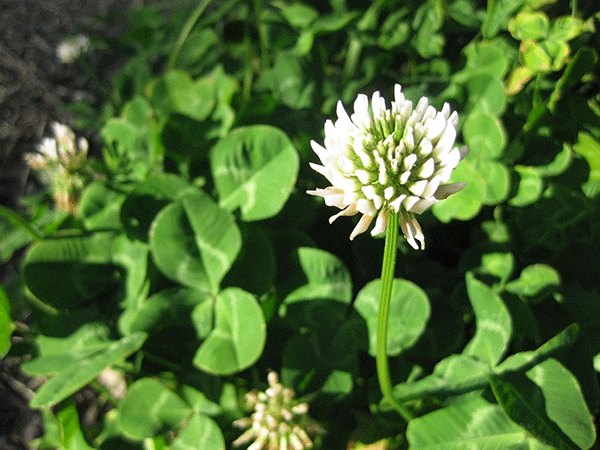
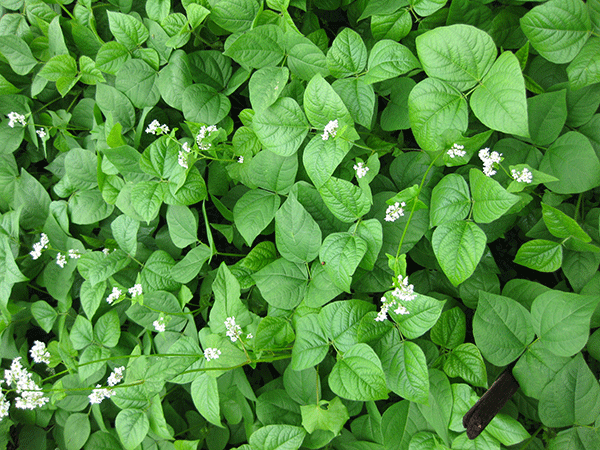
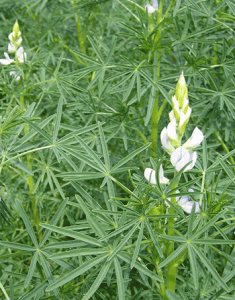
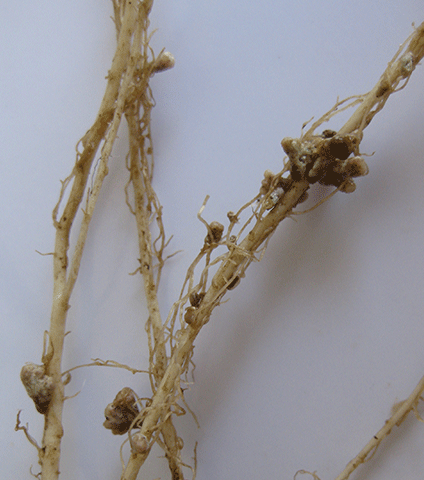
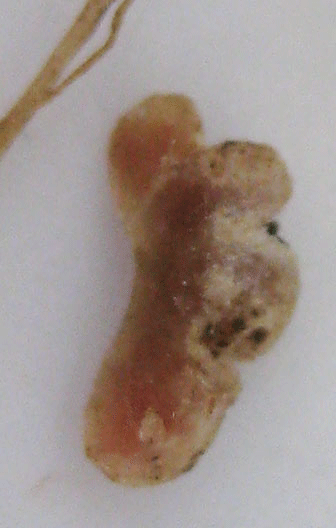



Great info I will check it out when I pull up my beans!
This is interesting, I often wonder if I should be inoculating peas/beans. We used a general inoclant on on forage seed, it contained free-living nitrogen fixing bacteria and various other beneficial microbes. I had root nodules on my broad beans when I pulled them up after winter, now I will remember to check all my legumes. I’m never sure if crop rotation is really necessary, and I find it very difficult with so many brassicas that I want to grow in a small garden, I had one or two varieties in each garden bed over winter!
It’s good to question some of these commonly passed around theories. I actually didn’t know what the inoculant was for anyway! but used it all the same (lupins and clover seed, which didn’t grow well anyway). Does this mean that my soil is now inoculated long term?